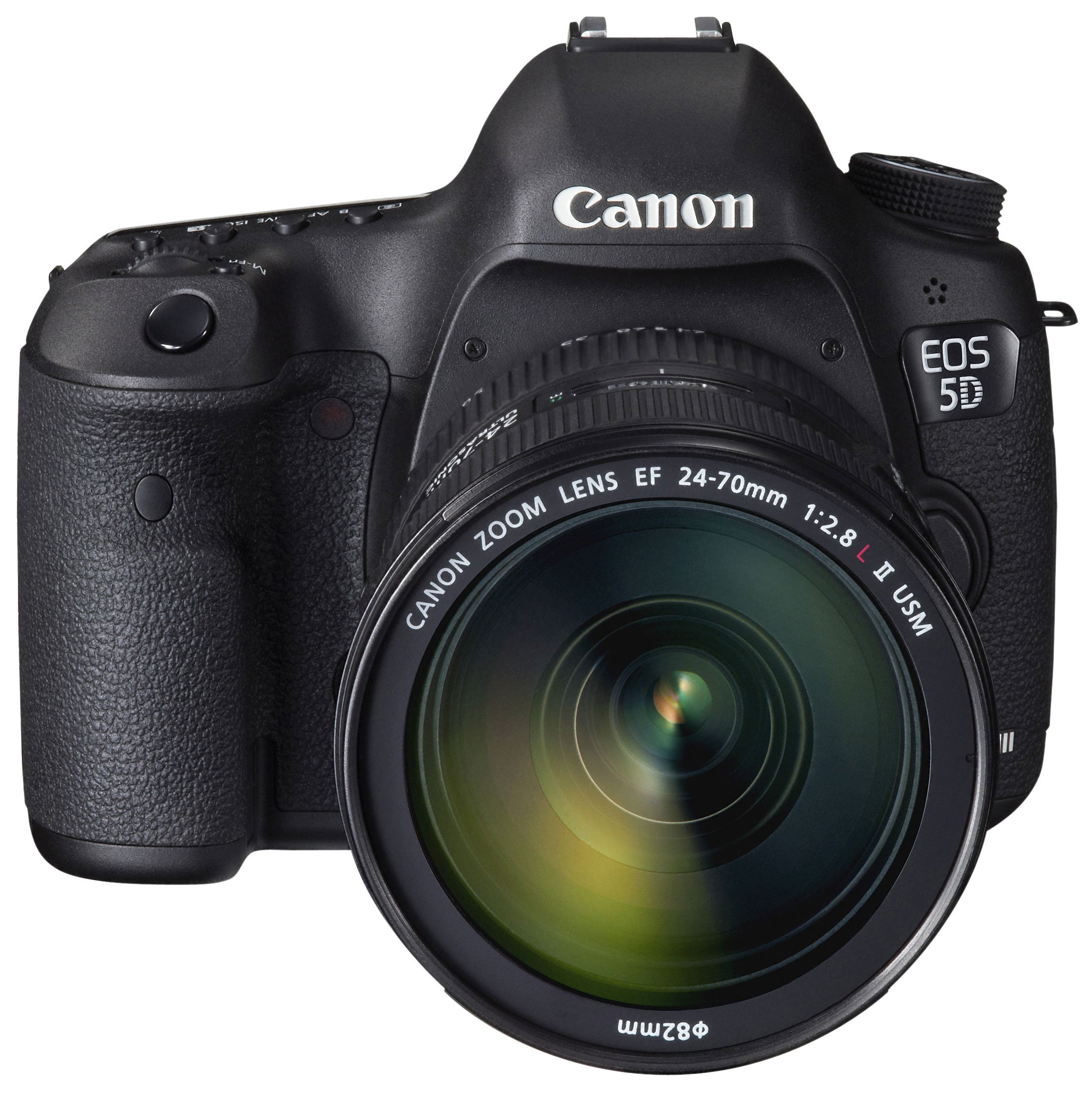
Canon EOS 5D Mark III
-
-
Written by Gordon Laing
Canon EOS 5D Mark III vs Nikon D800 noise (JPEG) (RAW to follow) down-sampling on next page
The Mark III was fitted with the Canon EF 24-105mm f4L IS USM and the D800 with the AF-S 24-70mm f2.8G ED, both with the aperture set to f8. Both were using their standard processing styles and White Balance was set manually to 3300K. Auto Lighting Optimiser and Active D-Lighting were disabled. I shot this sequence in RAW+JPEG mode and will provide RAW comparisons once the most common processing applications are fully updated and delivering satisfactory results. |
The image above was taken with the Canon EOS 5D Mark III with the EF 24-105mm f4L IS USM lens set to 40mm and the aperture set to f8 in Aperture Priority mode. At its expanded Low sensitivity of 50 ISO, the Mark III metered an exposure of 5 seconds for this composition. The Nikon D800 metered an identical exposure, so you’re comparing like-with-like below.
It’s time for Clash of the Titans part 2! We’ve already seen the Nikon D800 out-resolve the Mark III at low sensitivities, but what happens as you increase the ISO? The larger pixel-pitch of the Canon should technically enjoy an advantage at high sensitivities, so let’s see what happens in practice.
A quick glance at the processing styles once again reveals the Mark III applying greater sharpening and contrast for a punchier-looking result, but on this shot, the difference is less obvious than on my outdoor resolution test.
What is quite obvious though is the extra resolution of the D800, delivering a much tighter crop when viewed at 1:1, and clearly capturing more detail too. Just look at the markings at the top of the organ pipes and you’ll see finer details in the cross-hatching which just isn’t being resolved on the Mark III. So as you’d expect following my real-life outdoor resolution tests, the D800 enjoys the advantage at 50 and 100 ISO. Now let’s crank up the ISO and see what happens.
At 200 ISO, the Mark III remains 100% clean, but pixel-peepers may notice minor noise textures creeping into the background. Nothing to be concerned about, but there is a visibly difference if you’re looking.
At 400 ISO though, those noise textures on the D800 have become a little more obvious, and while a minor patchiness is also now appearing on the Mark III, the Canon is definitely cleaner at this point. That said, the D800 is still out-resolving it on fine detail.
With the sensitivity doubled to 800 ISO, the D800’s noise textures are becoming increasingly apparent, while the Mark III is managing to keep them under control. Now to be fair, Nikon has always been less noise-averse than Canon and in the past has been happy to let some fine textures appear in preference to smearing out fine detail – and the same approach is clearly being applied here. And on the upside, unlike the patchy colour noise artefacts of some cameras, Nikon’s noise always looks finer and more grain-like. In terms of ultimate detail though, the D800 is beginning to lose it, and I’d rank it similarly to the Mark III at this point, ignoring noise.
At 1600 ISO, the noise has become more obvious on the D800 and for the first time in this sequence I’d say the Mark III has begun to take a lead – albeit extremely small at this point – in resolution. The Canon crop is also considerably cleaner.
At 3200 ISO, noise textures start to become obvious on the Mark III, but remain much lower than those on the D800. Edges on the Canon are also much better defined than the Nikon at this point.
At 6400 ISO the gap widens as the D800 becomes very noisy viewed at 1:1, with edges becoming quite poorly defined. The Mark III certainly isn’t noise-free at this point, but remains much cleaner and better-defined.
The story continues at 12800 and 25600 ISO, the maximum for the D800. I’d say at these higher sensitivities the Mark III enjoys around a two stop advantage over the D800 when both are shooting at their maximum resolutions and viewed at 1:1. Certainly the 12800 sample of the Mark III is quite usable at smaller sizes, whereas the D800 is looking pretty ropey at this point.
The Mark III then goes on to bravely offer 51200 and 102400 ISO options, but both suffer from considerable noise and lack of both detail and saturation. They’re nothing to be excited about unless you’re in an emergency situation.
So this test panned-out as expected: the D800 wins on detail at low sensitivities, while the 5D Mark III wins on noise levels and cleaner output at higher sensitivities. The important question is where that cross-over point is? Judging from the crops below, I’d say it’s at 800 ISO. At 50-400 ISO the D800 remains sufficiently clean for most people and manages to out-resolve the Mark III. At 800 ISO and above though, the D800 becomes noticeably noisier than the Mark III. I’d say the Mark III is very usable at 1600-6400 ISO with impressively clean results, whereas the D800 has become very noisy in comparison.
So the decision between them on image quality should be influenced by the range of ISOs you typically shoot at. If you shoot mostly below 400 ISO and can use a tripod for most of your work, then you will enjoy a visible resolution benefit with the D800. But if you regularly shoot above 800 ISO and in particular in the 1600-6400 ISO range, then you’ll prefer the cleaner output of the Mark III.
As seen on my Canon 5D3 vs Nikon D800 quality page though, the Nikon has an intriguing medium mode which reduces the resolution to 20 Megapixels. We’ve already seen how this can essentially match the Mark III on detail, so the question is whether it can also reduce noise and give the D800 the best of both worlds. I hope to make this comparison in the near future.
I should also add this page at the moment only contains out-of-camera JPEG results. I shot this sequence in RAW+JPEG and once the RAW converters have been properly updated for the Mark III and D800, I’ll process the files and see if I can improve the output from all the cameras on test here.
But first, how does the D800 compare in terms of noise if we down-sample its images to roughly the same size as the Mark III? Find out on my Nikon D800 down-sampled noise page.
Canon EOS 5D Mark III (JPEG using in-camera defaults) Using EF 24-105mm f4L IS USM at 40mm f8 | Nikon D800 (JPEG using in-camera defaults) Using AF-S 24-70mm f2.8 at 40mm f8 | |
 |  | |
L (50 ISO) | L (50 ISO) | |
 |  | |
100 ISO | 100 ISO | |
 |  | |
200 ISO | 200 ISO | |
 |  | |
400 ISO | 400 ISO | |
 |  | |
800 ISO | 800 ISO | |
 | 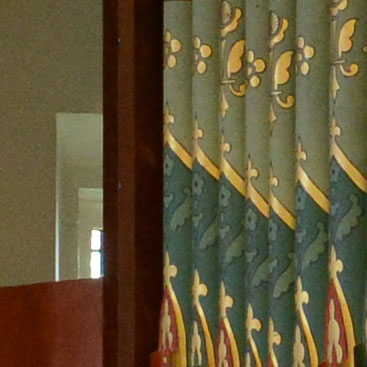 | |
1600 ISO | 1600 ISO | |
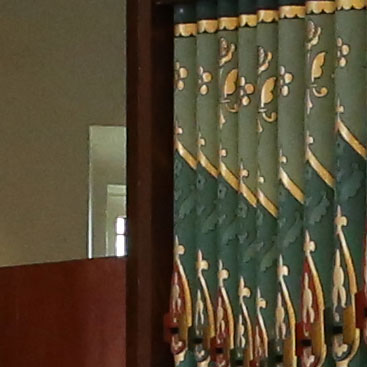 |  | |
3200 ISO | 3200 ISO | |
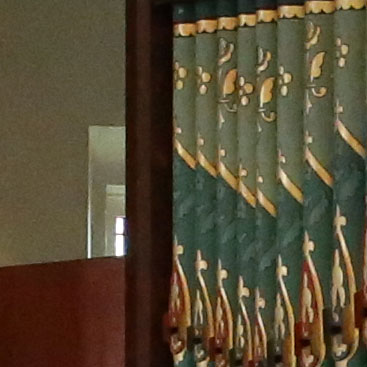 | 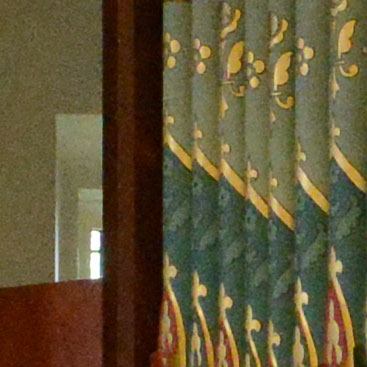 | |
6400 ISO | 6400 ISO | |
 |  | |
12800 ISO | H1 (12800 ISO) | |
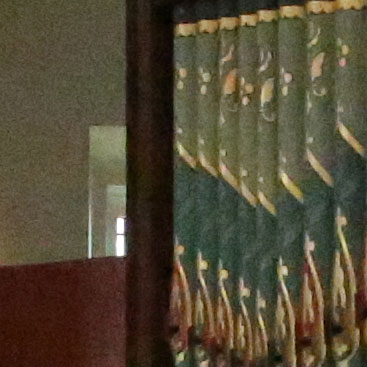 | 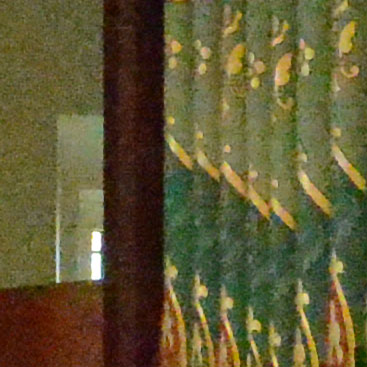 | |
25600 ISO | H2 (25600 ISO) | |
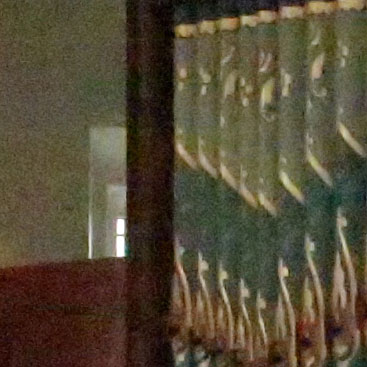 | ||
H1 (51200 ISO) | 51200 ISO not available | |
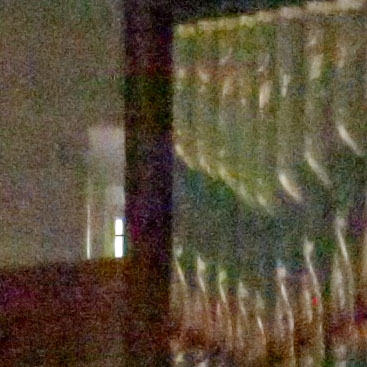 | ||
H2 (102400 ISO) | 102400 ISO not available |
Canon EOS 5D Mark III results : Quality vs 5D2 / Quality vs NEX-7 / Quality vs D800 / Noise vs 5D2 / Noise vs D800



